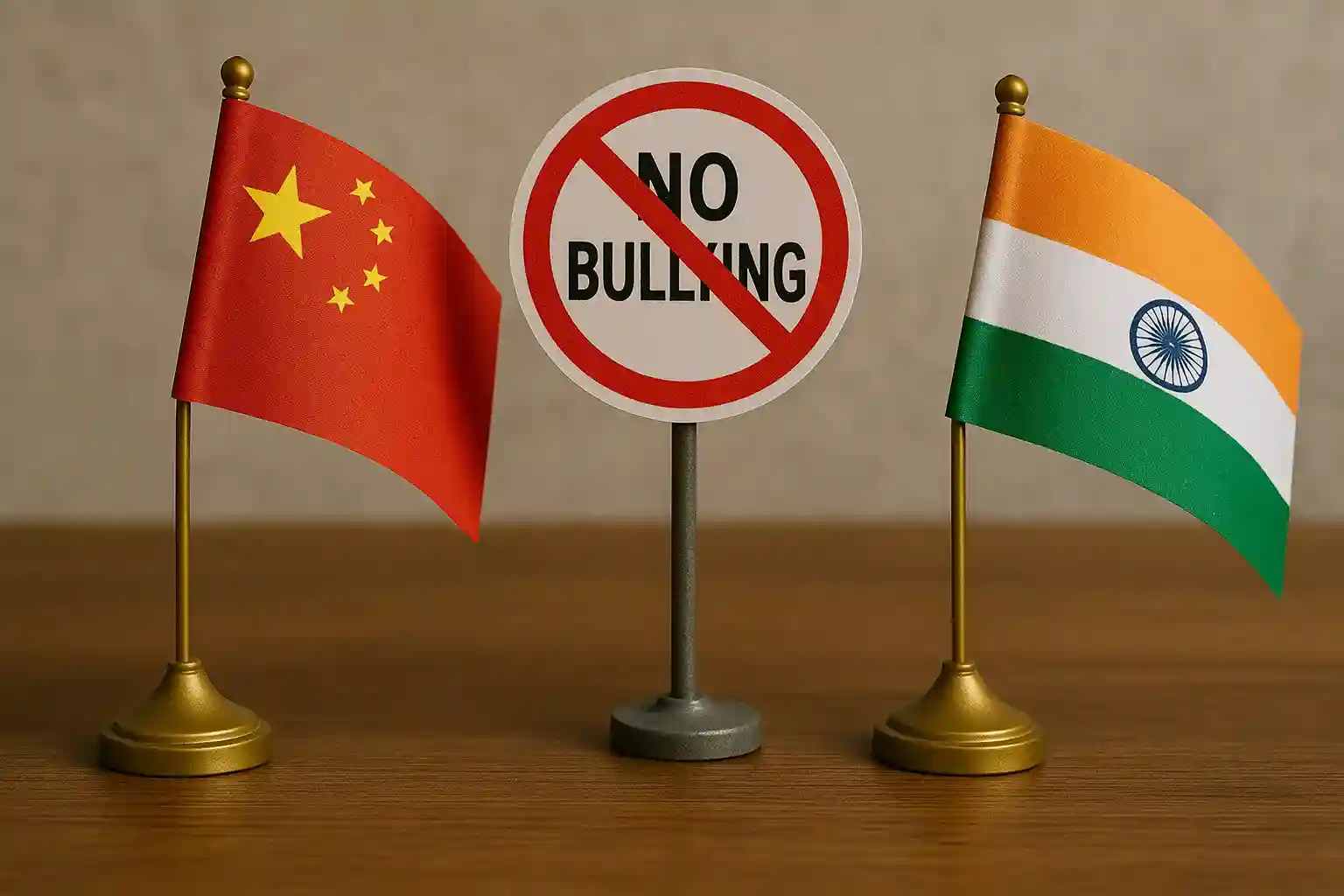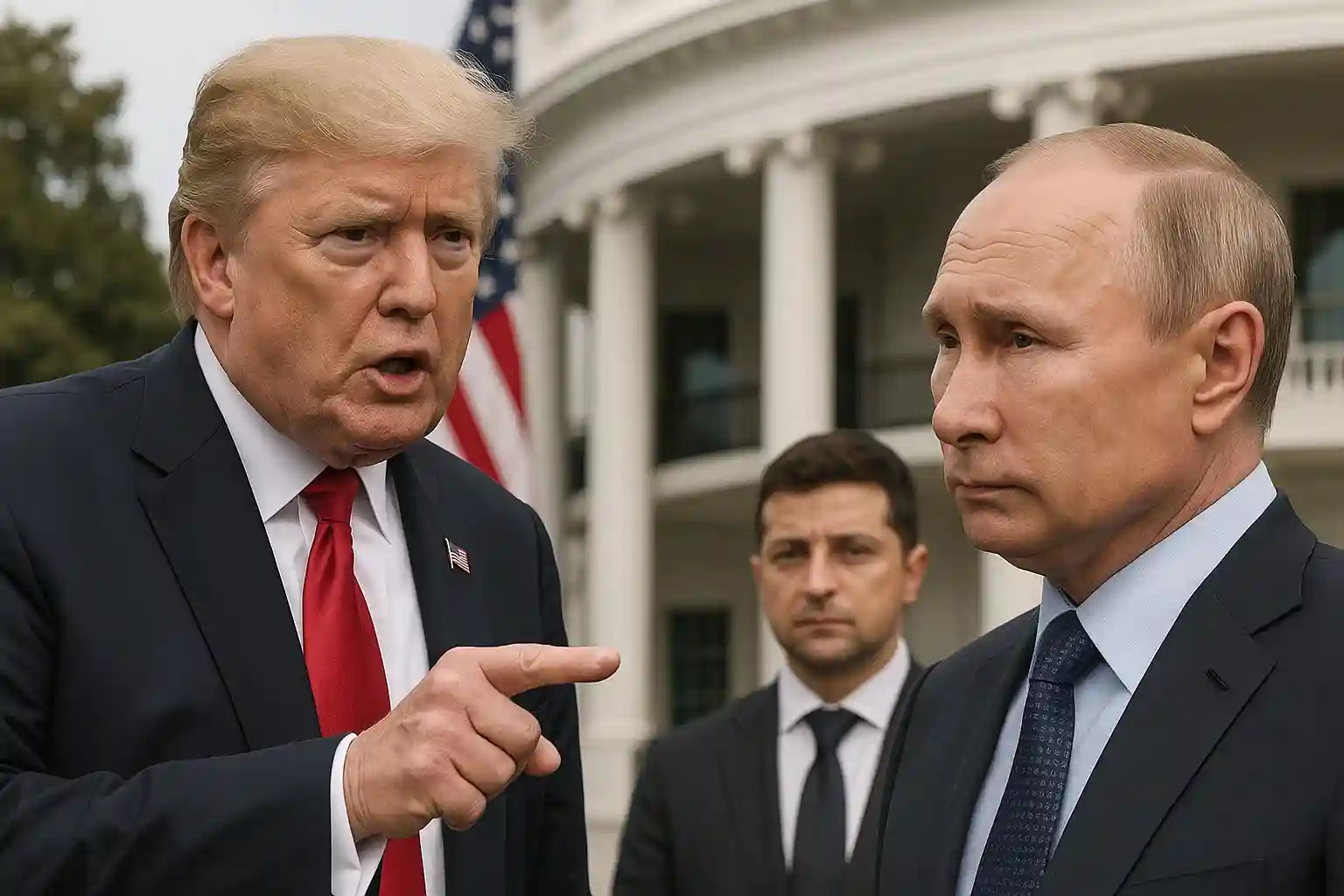Silence the Bully: The China-India Bond Strengthens Amidst US Tariffs

Silence the Bully: The China-India Bond Strengthens Amidst US Tariffs
In a remarkable turn of events, the aggressive tariff policy of the United States, aimed at putting economic pressure on India, appears to be having a consequence Washington never intended: strengthening the bond between New Delhi and Beijing. Despite deep-seated border disputes and geopolitical rivalry, a shared sense of adversity is driving the world's two most populous nations into a more pragmatic and cooperative stance, fundamentally altering the Asian power dynamic.
The unexpected diplomatic rapprochement was highlighted recently when a senior Chinese diplomat publicly condemned the US tariffs against India, stating, “Silence only emboldens the bully. China will firmly stand with India.” This rare show of solidarity, unheard of during previous border standoffs, signals a new, strategic convergence born out of a shared need to counter unilateral trade restrictions.
Economic Pragmatism Over Geopolitical Rivalry
For years, the U.S. has attempted to position India as a democratic counterweight to China. However, the use of tariffs has created a trust deficit, prompting India to re-evaluate its foreign policy. While the border tensions remain a reality, the economic gravity of the situation is proving to be a stronger unifying force.
Analysts point to a key shift in the bilateral relationship. Despite military standoffs, India-China trade continues to flourish, with India’s reliance on Chinese imports remaining significant. The new US tariffs, which could severely disrupt India’s access to its largest export market, have provided a fresh incentive for both nations to seek a more stable trading environment. In recent high-level talks, both sides have agreed to reopen border trading points and resume direct flights, showcasing a new commitment to prioritize economic ties and mutual benefit.
A Multilateral Front: Building a New World Order
Beyond the bilateral relationship, the convergence is most visible on multilateral platforms. India and China are actively leveraging forums like BRICS and the Shanghai Cooperation Organisation (SCO) to advocate for a more multipolar world order. Both nations are increasingly vocal about the need to reform global financial institutions and reduce their dependence on the US dollar, a policy goal that U.S. tariffs have inadvertently validated.
Crucially, in a recent diplomatic breakthrough, both India and China have agreed to support each other in hosting upcoming BRICS summits, a powerful symbolic move that demonstrates a shared commitment to building a non-Western bloc. By punishing India, the U.S. is not only pushing it away but is also inadvertently strengthening a coalition of major developing nations that seeks to reshape global governance. The tariff policy, intended to isolate, is instead serving as a catalyst for a new, powerful alliance that could have lasting repercussions for global geopolitics.


